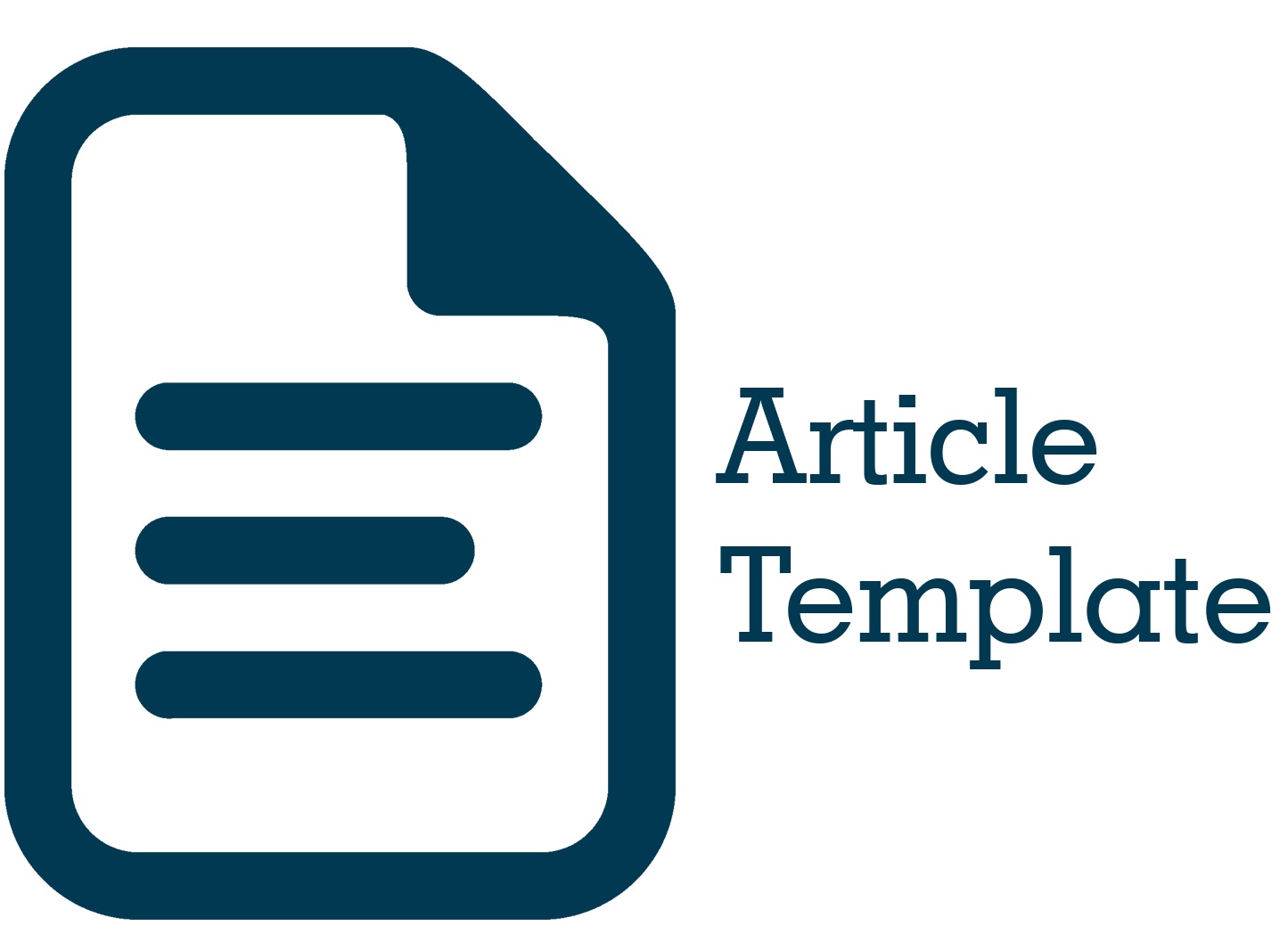Optimalkan Kinerja Pegawai: Peran Lingkungan Kerja Fisik dan Pengembangan Karir
DOI:
https://doi.org/10.51135/PublicPolicy.v5.i1.p443-461Keywords:
Work Environment, Career Development, Employee PerformanceAbstract
This study aims to evaluate the impact of work environment and career development on employee performance at the BPJS Kesehatan Ambon Branch Office. The population involved in this study were 35 employees at BPJS Kesehatan Ambon Branch, who were randomly selected as the research sample. The tool used to collect data is a questionnaire designed to extract information about the variables of Work Environment, Career Development, and Employee Performance. Validity, reliability, normality, multicollinearity, heteroscedasticity, multiple linear regression analysis, t-test, f-test, and coefficient of determination were used to analyze the data. -The findings show that employee performance and work environment at BPJS Ambon Branch have a positive and significant relationship. In addition, at the BPJS Ambon Branch office, there is a noteworthy and positive correlation between employee performance and Career Development. In general, the Ambon Branch BPJS office sees a simultaneous influence between employee performance and work environment. -The findings show that the physical work environment contributes 47.7% to employee performance based on the coefficient of determination (R2).
Downloads

Downloads
Published
How to Cite
Issue
Section
License
Authors whose manuscripts are published in the Journal of Public Policy must agree to the following terms;
- Publication rights for all manuscript materials published are held by the editorial board with the author's consent.
- The legal formalities for digital access to the Journal of Public Policy are subject to the Creative Commons Attribution Sharealike (CC BY SA) license, which means the Journal of Public Policy has the right to store, redistribute, reformat, manage in a database, maintain, and publish the manuscript without seeking permission from the author as long as the author's name is included as the copyright owner.
- Published manuscripts are open access for the purpose of disseminating research results. Besides this purpose, the editorial board is not responsible for copyright law violations.


.png)



